I am pretty sure, there are barely any sales or SDR professionals who don’t use LinkedIn in their day-to-day work. I personally find it an invaluable source of information and use it frequently to research my LinkedIn prospects or connect with them (and, if you’re reading this, it’s safe to assume you do too).
Considering its huge user base, LinkedIn is a go-to platform to discover potential clients. To help you spot the most promising contacts among millions of profiles, I’ve decided to put together a quick list of tips that can level up your LinkedIn prospecting efforts.
Here’s a short overview of the LinkedIn list-building hacks you can adopt.
Before we start
There’s one thing that is more important than the valid prospect contact – your ideal customer profile. So, before we start building a list of leads from LinkedIn, let’s focus on understanding WHO should be on that list.
The first step of our LinkedIn prospecting process is to identify prospective buyers for your product or service – your ideal customer profile (ICP) – and document their key attributes, e.g. firmographic, demographic, technographic data, etc.
For example, the ICP used by our SDR team at Reply relies on the following data points:
- Firmographics: companies that are located USA, California, San Francisco Bay Area, which have 50-200 employees, focused on the Computer Software industry.
- Demographics: within those companies, we want to target SDR Team Leaders, who have been working at a company for at least one year.
- Technographics: Although this part isn’t essential, it might help you improve your targeting and increase the success of your sales outreach. So, for example, here at Reply we know that around 30% of our customers use Intercom as their customer messaging platform. So we use that data to more accurate and targeted lists.
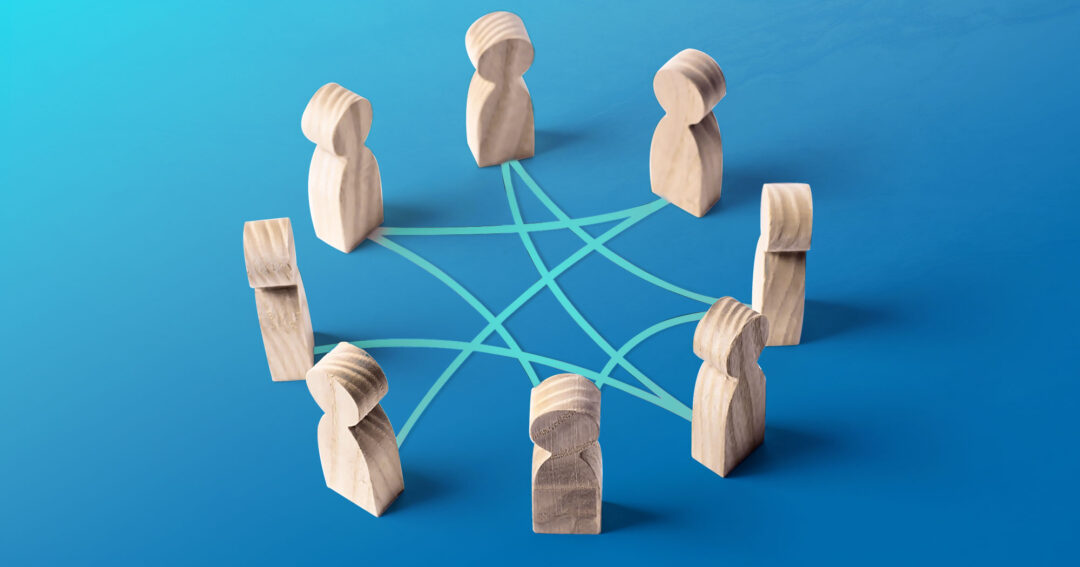

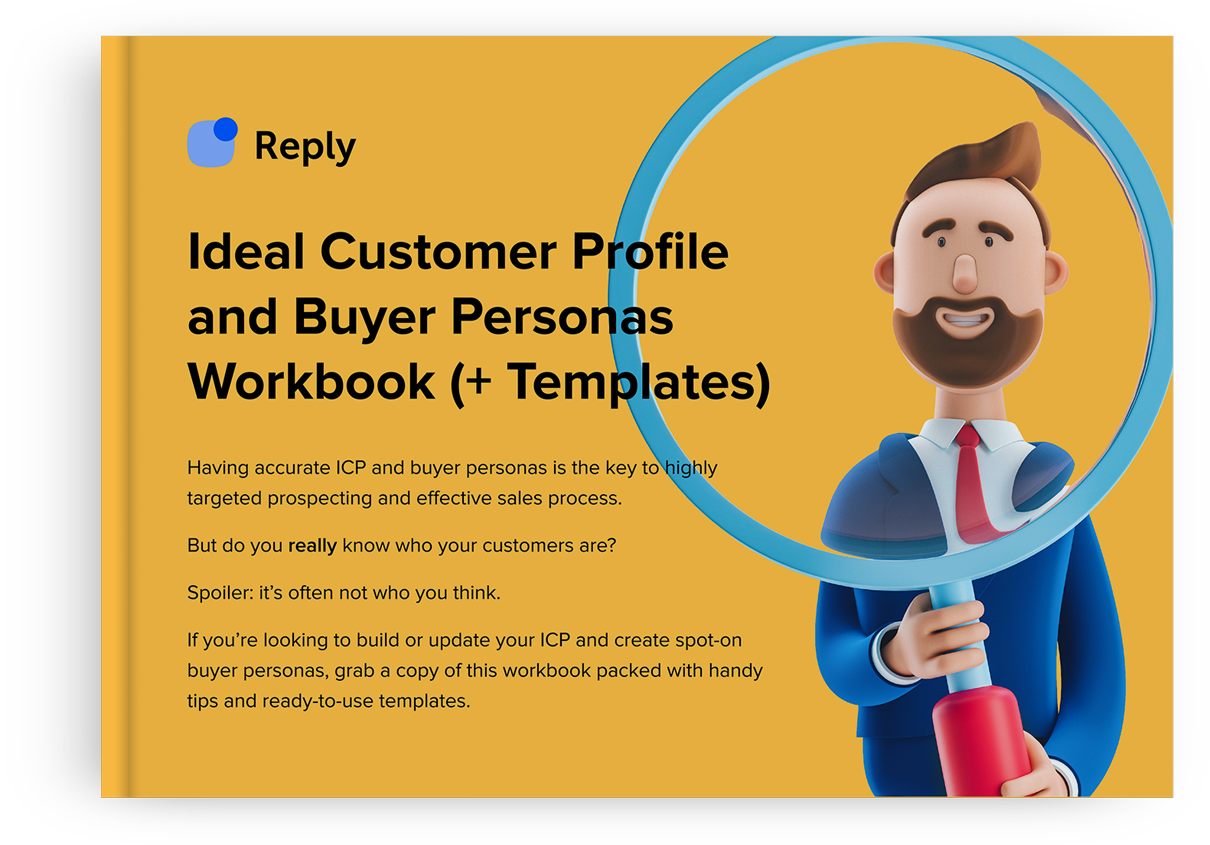
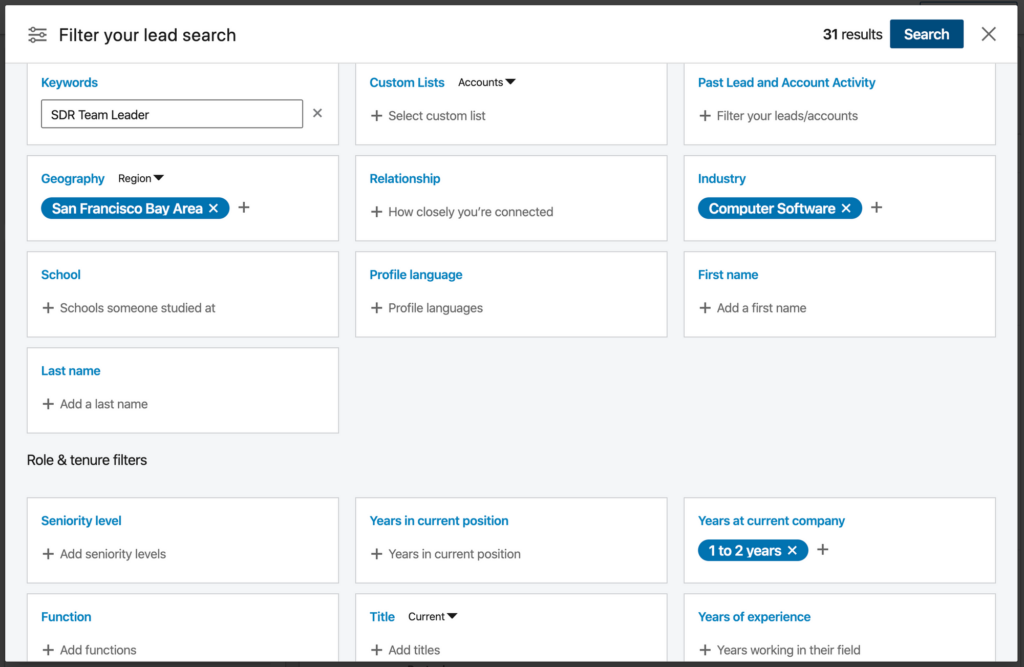

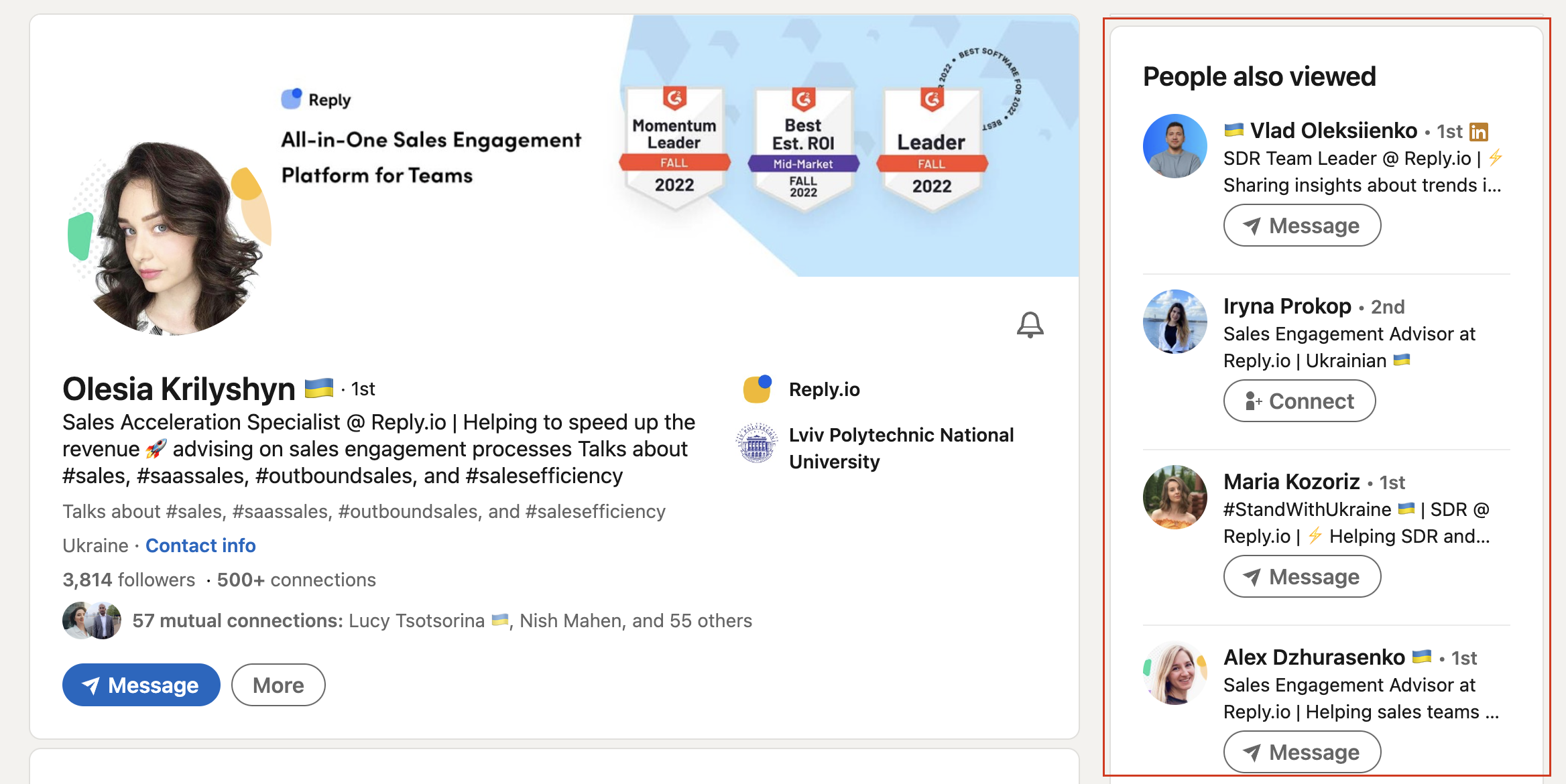
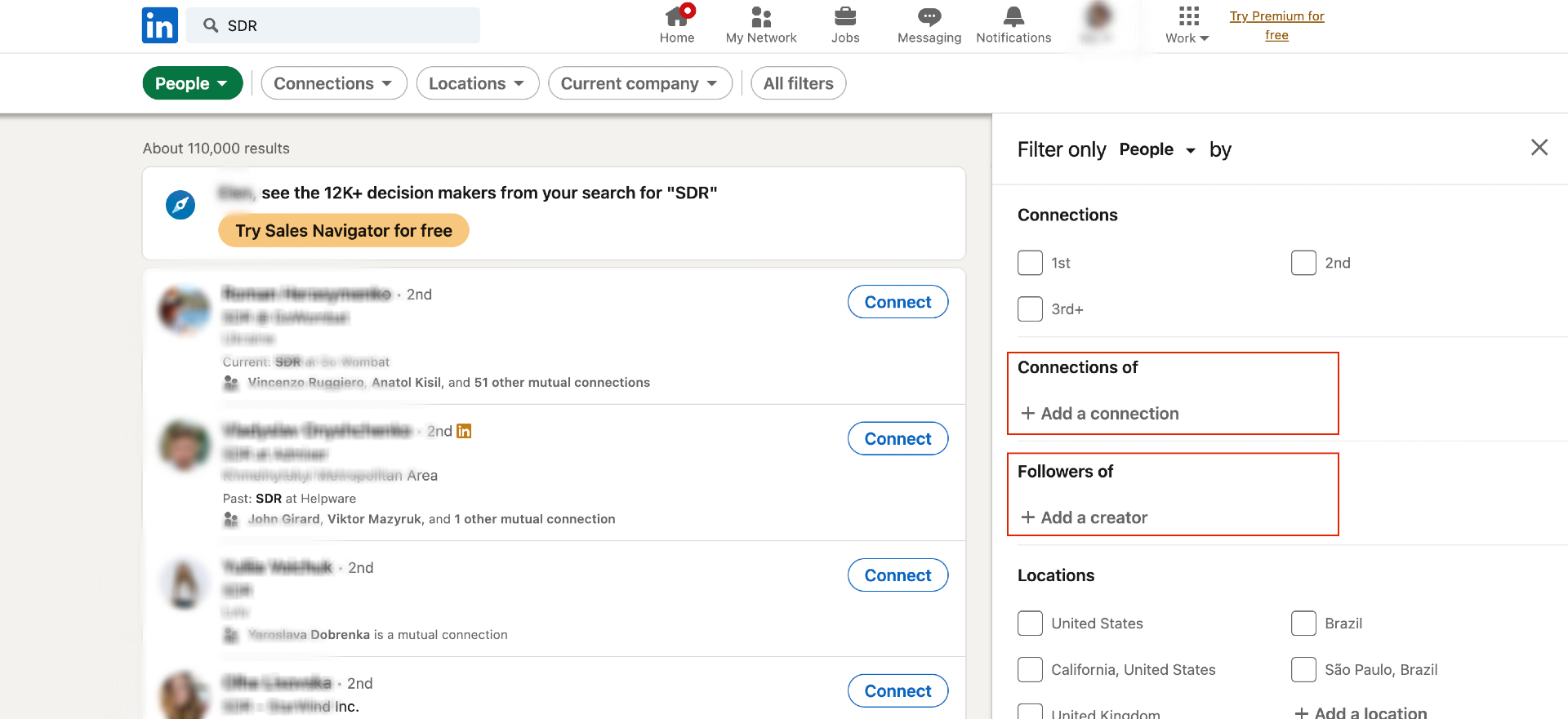

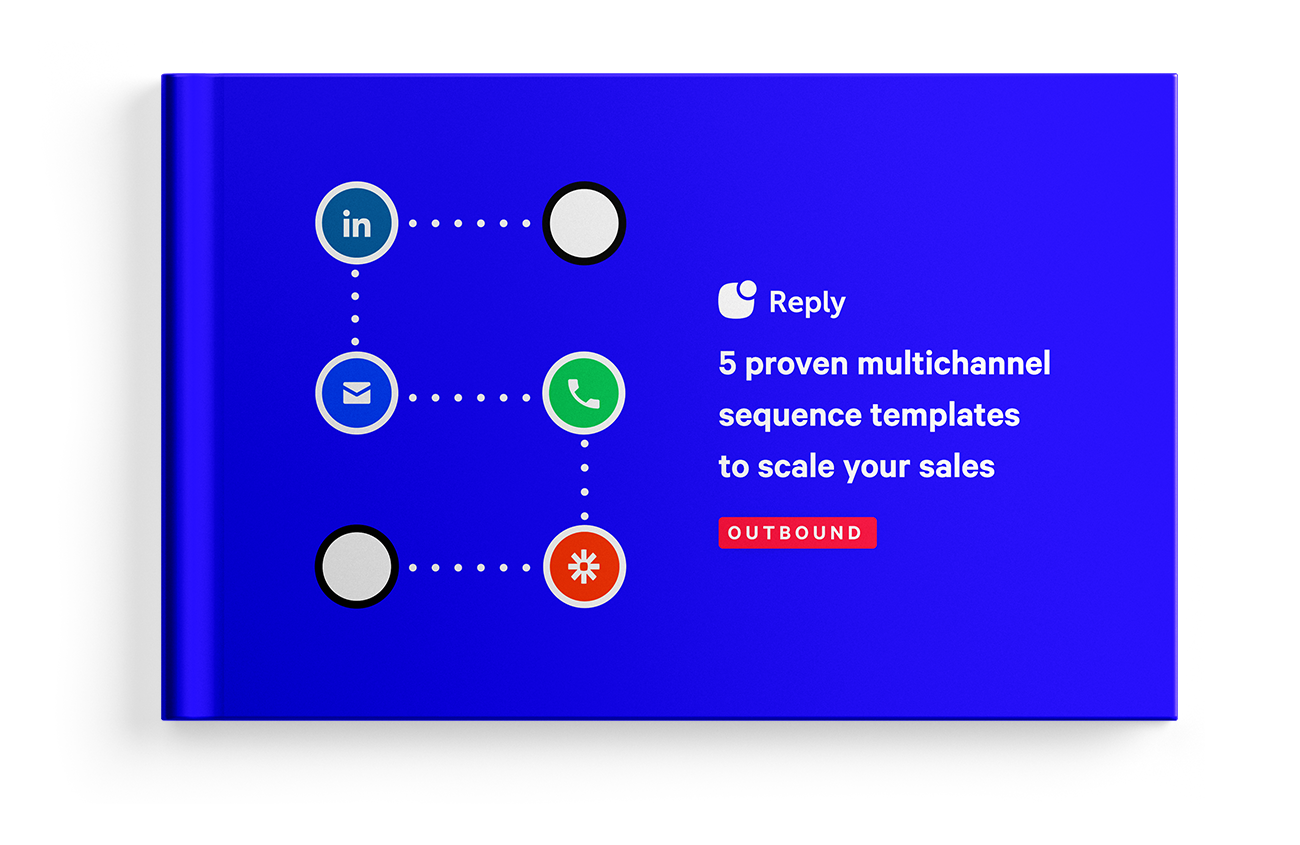

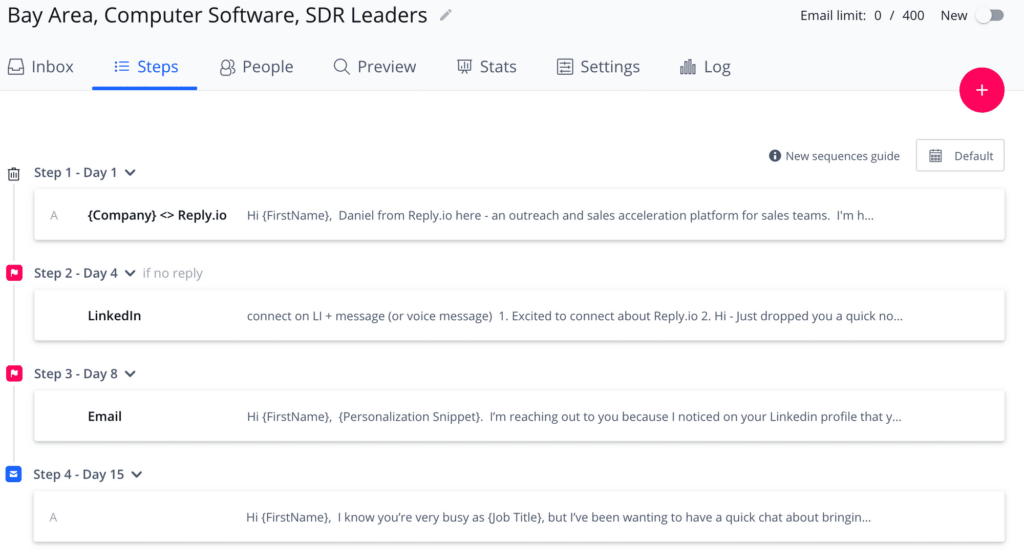
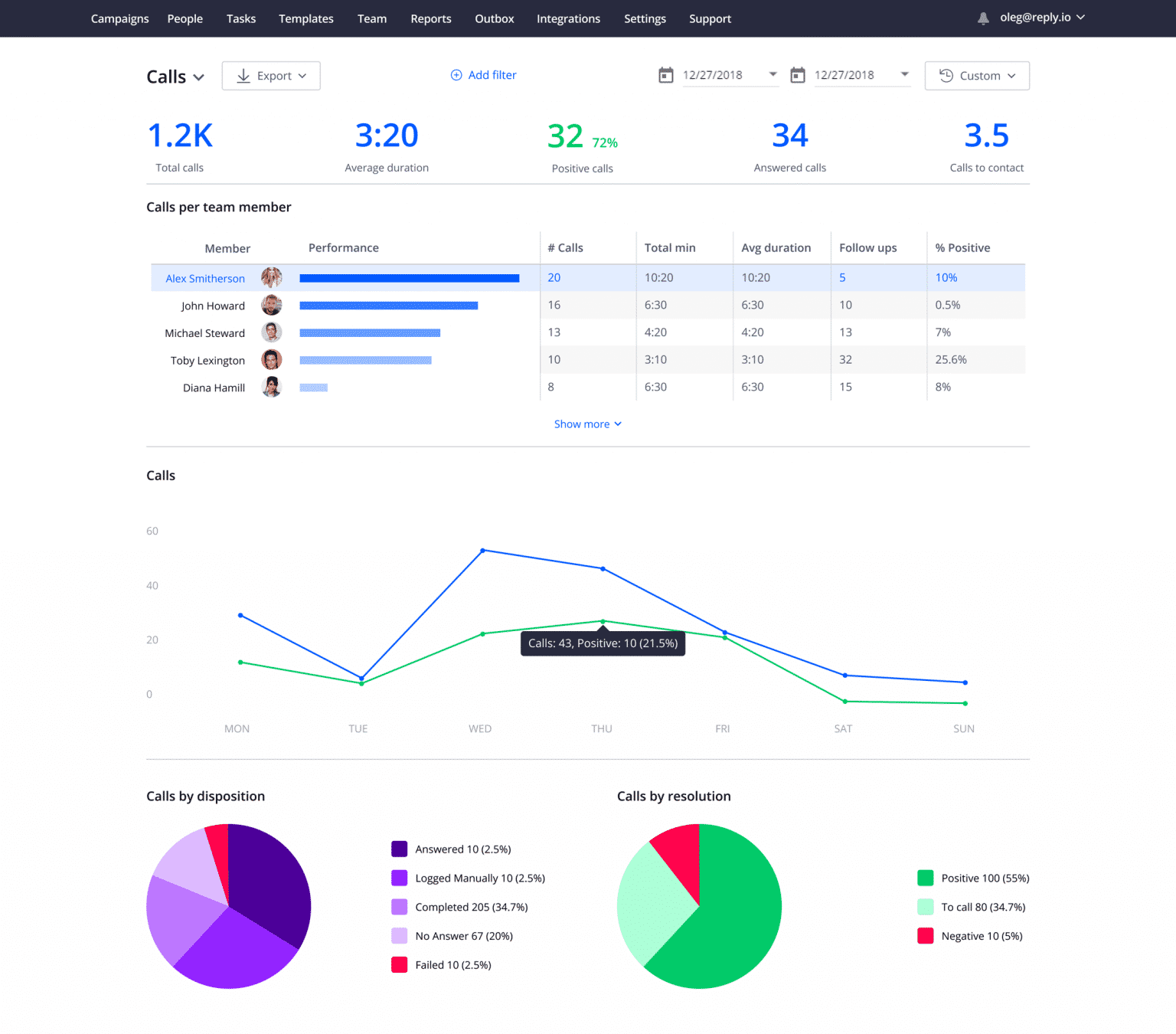
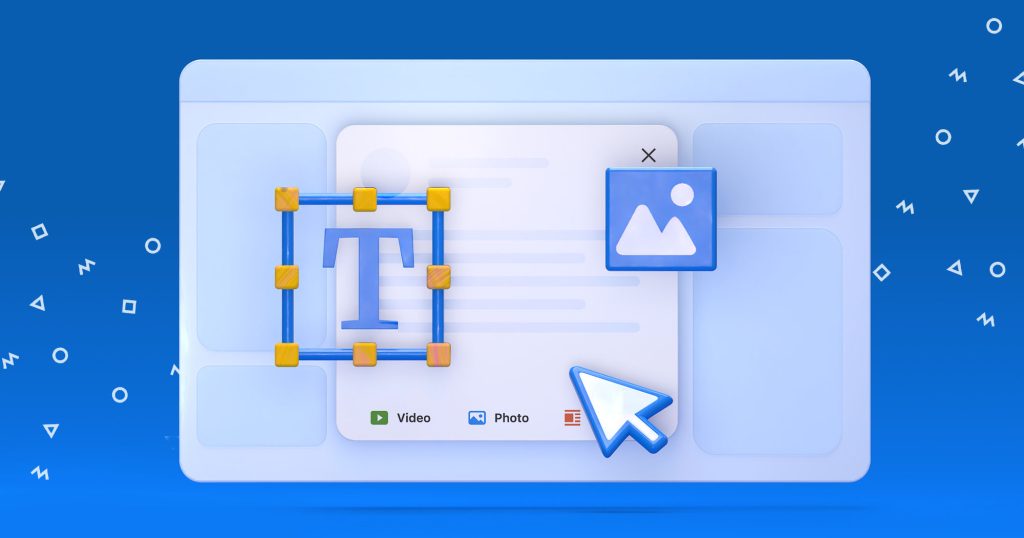
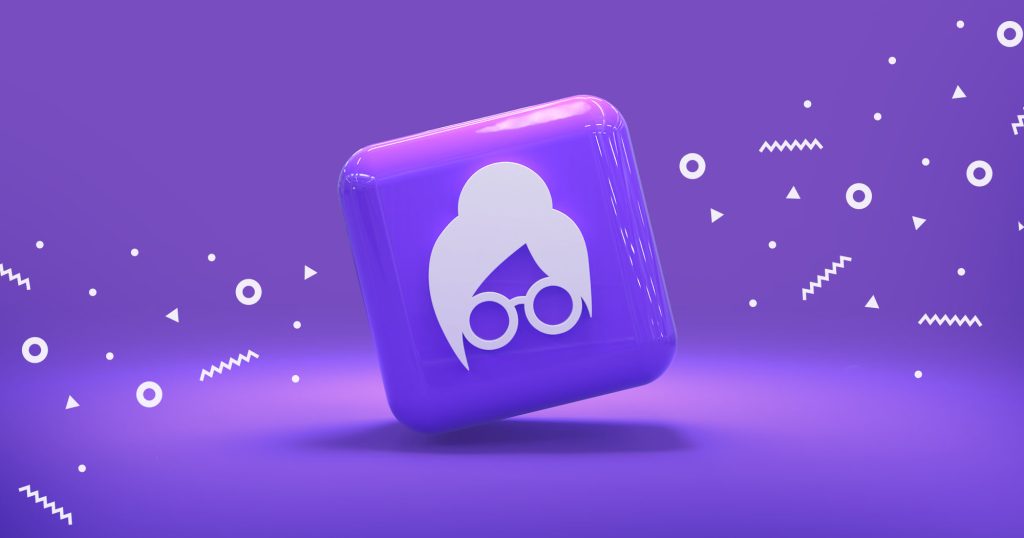

![New in 2025: Reply.io Teams Up with Persana AI [+Live Webinar] New in 2025: Reply.io Teams Up with Persana AI [+Live Webinar]](https://reply.io/wp-content/uploads/persana.io_-1024x538.jpg)